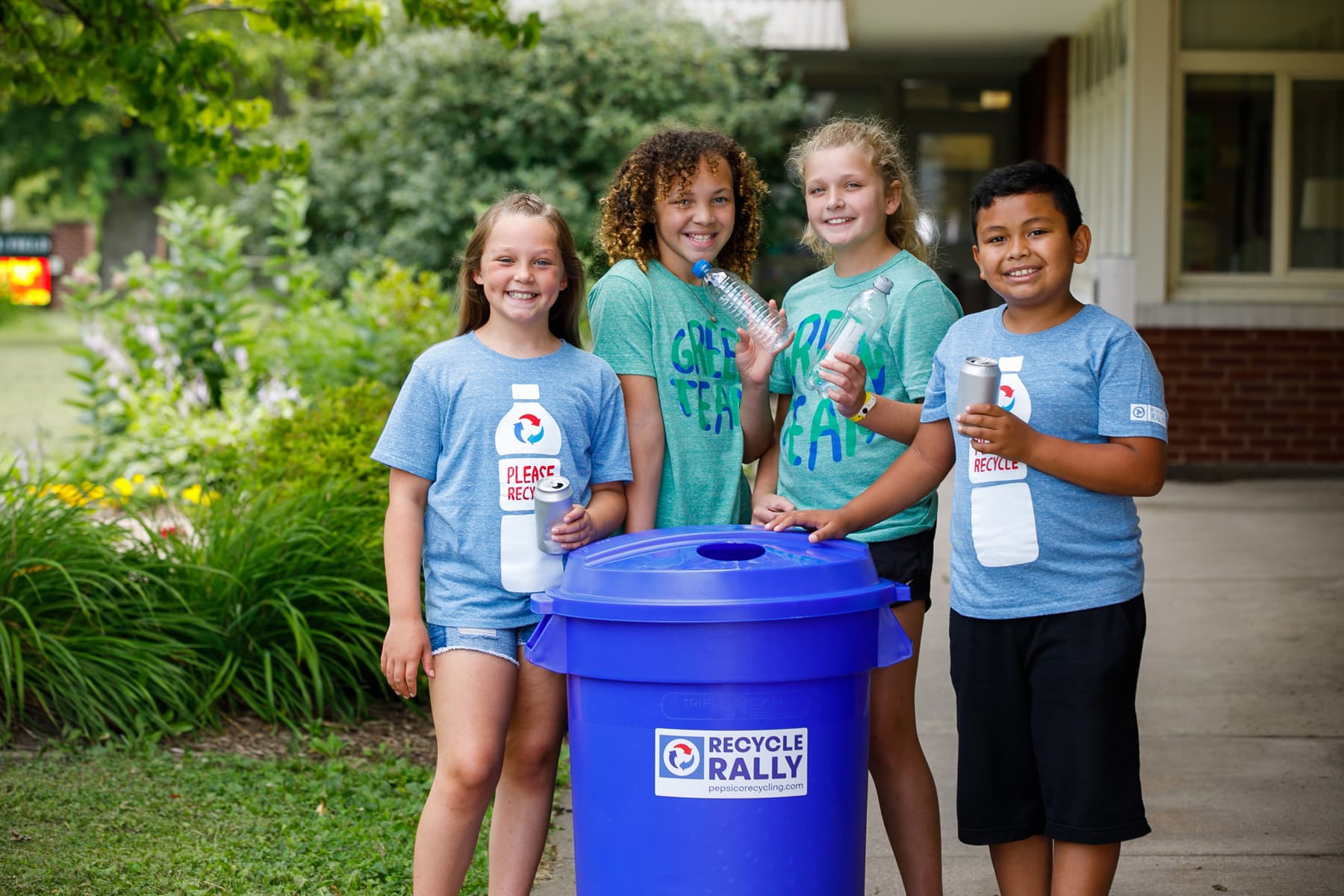Lesson Plan: What Items Can You Recycle?
Invite students to learn about which items can and cannot be recycled.

In this lesson, students will conduct research to find out which items they can and can’t recycle in their area. They will also create signs and posters to help educate others about recyclable items. Use it with grades 3-8 to teach the core concepts of language arts and art. Get a printable worksheet and more details in the PDF below.
Key Question: What can you recycle in your community and how?
1. Engage: Introduce the Topic
Teacher: Engage students in a conversation about what items they know can and can’t be recycled. Ask students to share their personal experiences with recycling and then hand out the worksheet.
Student: Use the “Can it be Recycled?” worksheet to record what items are recycled frequently, infrequently, or never. Note any items that are surprising (like cell phones) or confusing (like pizza boxes).

2. Explore: Go to the Lab
Teacher: Help students research local and national recycling programs. Look at city, county, and private programs or school programs, like Recycle Rally. Encourage students to make posters, signs, or charts to educate others.
Student: Conduct online research to find out what materials can and can’t be recycled. Also look up where to take local recyclable items. Then use poster boards and markers to create signs to share important recycling messages with others. Hang your posters around the school to help educate other classmates about recyclable items.
3. Explain: Take Notes
Teacher: Use student research to compile a list of things that can and can’t be recycled locally. Guide students in a discussion of how they might apply their new knowledge.
Student: Write down your answers to questions like:
- What did you learn about recycling in your community?
- How might you use this information in your daily life?
- How can we increase recycling?
4. Elaborate: Review and Extend
Teacher: Introduce the concept of contamination and what it means in relation to recycling. Since it relates to unwanted materials, give a few examples and then ask students to add their own.
Student: Research recycling contamination and how it affects the recycling process. Come up with ideas to help reduce contamination of recyclable items.
5. Evaluate: Check for Understanding
Teacher: Support students as they share their posters and messages with others. Ask them questions, like why they chose the message they did and why it’s important for others to understand what can and cannot be recycled.
Student: Share your message with classmates. Then when given the opportunity, share your message with family, friends, and community.
Enjoyed this lesson plan? Try How Can We Increase Recycling at our School?
Can You Recycle It? Lesson Plan (Grades 3-8)
Learn More

Recycle Rally
Recycle Rally is a free K-12 program that provides rewards and tools to help enhance recycling at your school!
Explore now
Additional Resources
Our comprehensive library of resources was designed to inspire the next generation of green leaders.
Explore now

